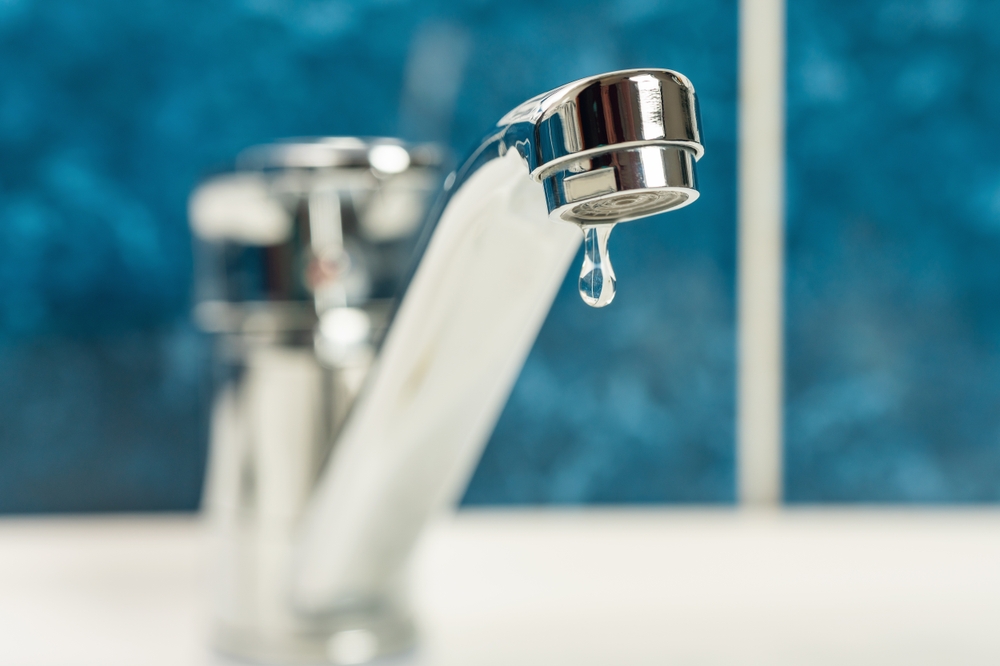As winter descends across the South, plunging temperatures bring more than just frosty mornings. Along with the usual struggles of bundling up and battling dry, chapped skin, homeowners are faced with a perennial question: to drip or not to drip? The answer, especially when the mercury drops below freezing, is a resounding yes. Letting faucets drip might slightly bump your water bill, but it’s a simple and effective strategy to sidestep the far greater expense of dealing with frozen or burst pipes.
The science behind this practice is straightforward. Running even a small trickle of water through exposed pipes keeps it moving, reducing the chance of freezing. Experts point to 20°F as a critical threshold where the risk of frozen pipes sharply increases. However, pipes exposed to frigid air or lacking proper insulation can freeze at temperatures slightly above this mark, making it wise to err on the side of caution. The small cost of dripping faucets pales in comparison to the headache and financial burden of repairing extensive pipe damage.
Homeowners should also remain vigilant for signs that their pipes might already be freezing. Reduced water pressure or a complete lack of water flow is often the first and most obvious warning sign. Frost or icy residue forming on visible pipes can also indicate trouble, as can strange odors wafting from drains—an often-overlooked clue that frozen pipes may be trapping sewer gases. These issues shouldn’t be ignored, as they can quickly escalate into major plumbing problems.
Auditory clues, like gurgling, banging, or clanging noises coming from your pipes, can also suggest that water is struggling to move past icy blockages. Even more concerning is the potential for hidden leaks caused by frozen pipes, which can lead to subtle but costly water damage. Signs such as peeling paint, wallpaper bubbles, or sagging walls and ceilings might seem minor at first but could point to more serious issues lurking behind the scenes.
Fortunately, proactive measures can help prevent these cold-weather calamities. Insulating exposed pipes, opening cabinet doors to allow warm air to circulate, and letting faucets drip during freezing temperatures are simple yet effective ways to protect your home. These small efforts might feel like a hassle, but they’re a small investment compared to the cost and inconvenience of repairing water damage or replacing plumbing. As winter tightens its grip, a little foresight can save homeowners a lot of trouble—and keep their homes cozy and functional throughout the season.


